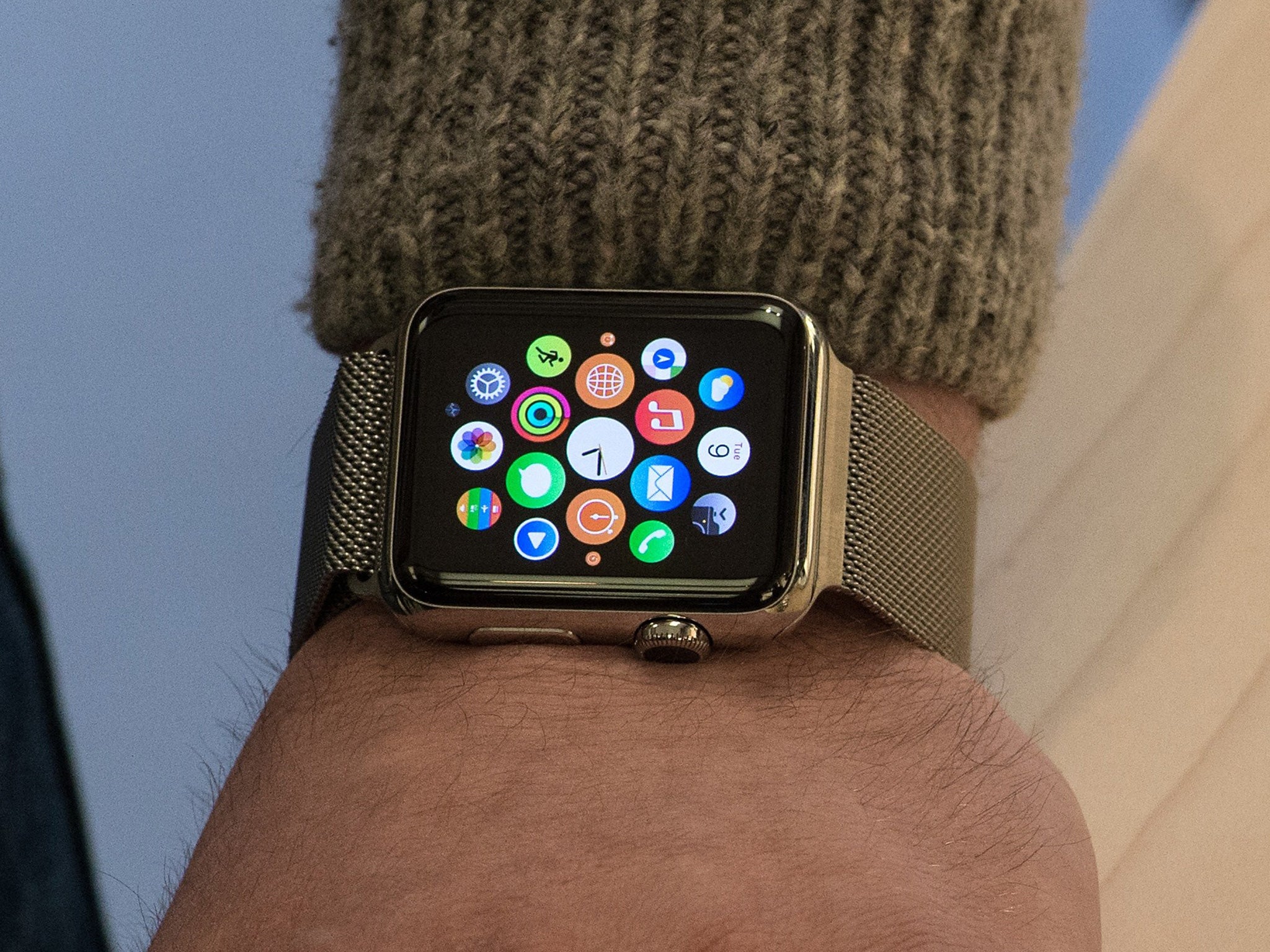Apple Watch heart rate monitoring helps man diagnose disease
Ken Robson, 64, was able to show data on himself to doctors and get diagnosed extra quickly

What do you use your Apple Watch for? Chances are it’s not to save your life, but it could be.
Apple Watches are still rarities – if you have one and you meet someone else wearing one, you quickly fall into a conversation about it. And the first question is always, no, really, always to ask what the other person uses theirs for.
The Watch has so many functions that everyone has their own favourites and doesn’t want to miss out on something they might have missed. But chances are the recently emerged story of Ken Robson is still unusual.
Robson, 64, recently told medcitynews.com that he had turned to his Watch for information when he’d felt repeatedly “weak and light-headed”. He checked his Watch which has a heart rate monitor built in and takes periodic readings during the day, or more if you launch the app.
Robson, on a visit to San Diego, noticed that his heart rate had dropped severely, commenting, “Your heart rate doesn’t go into the 30s and 40s unless you’re an Olympic athlete.”
As a precaution he visited a hospital and was able to show them his Apple Watch data – it’s stored in the Health app on your iPhone and is shown as a chart of the range of measurements or you can go deeper to reveal exact numerical readings taken throughout the day. Robson had looked online and thought he may be suffering with sick sinus syndrome.
Usually a patient would need to wear a heart rate monitor for a week to confirm what was going on but Robson presented the two weeks’ of data on his iPhone. The hospital checked the Watch’s accuracy by measuring Robson’s heart rate on a medical-grade monitor and comparing it to the Watch. They decided he needed a pacemaker and operated to fit one almost immediately.
Robson feels it’s stretching it to say the Watch saved his life but that it improved his life quicker. We can’t always trust Doctor Google implicitly but as Robson told medcitynews.com, “This was one of the rare instances where the patient was right in self-diagnosis.”
Incidentally, the next part of the conversation when two Apple Watch owners meet usually goes:
“How do you find the Watch’s battery life?”
“Easily a day and a half, sometimes two days.”
“That’s right. I don’t know what we were worried about.”
Join our commenting forum
Join thought-provoking conversations, follow other Independent readers and see their replies
Comments